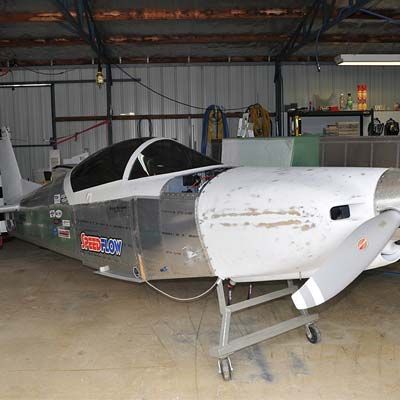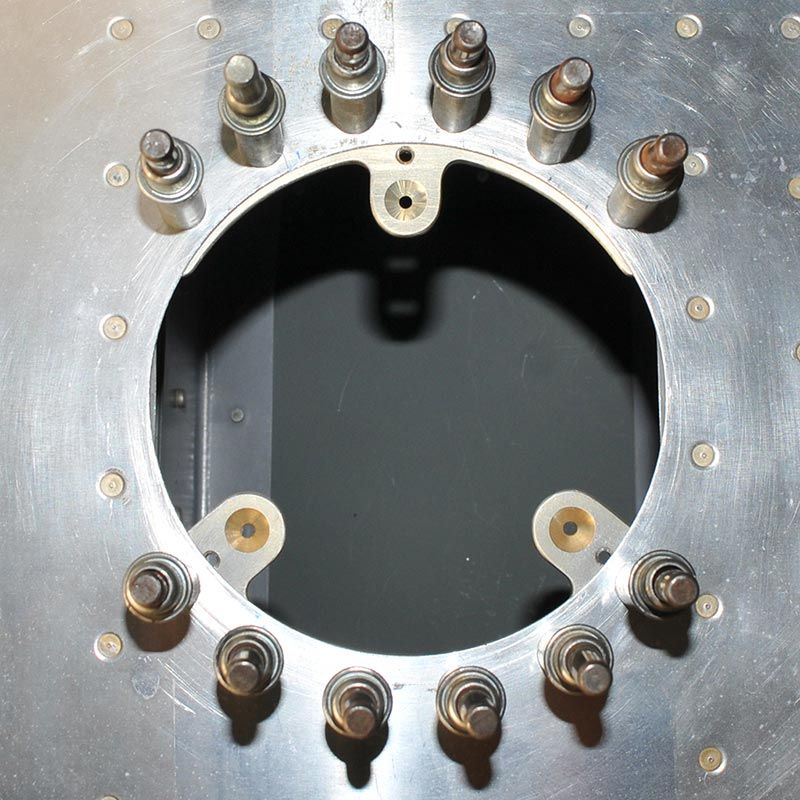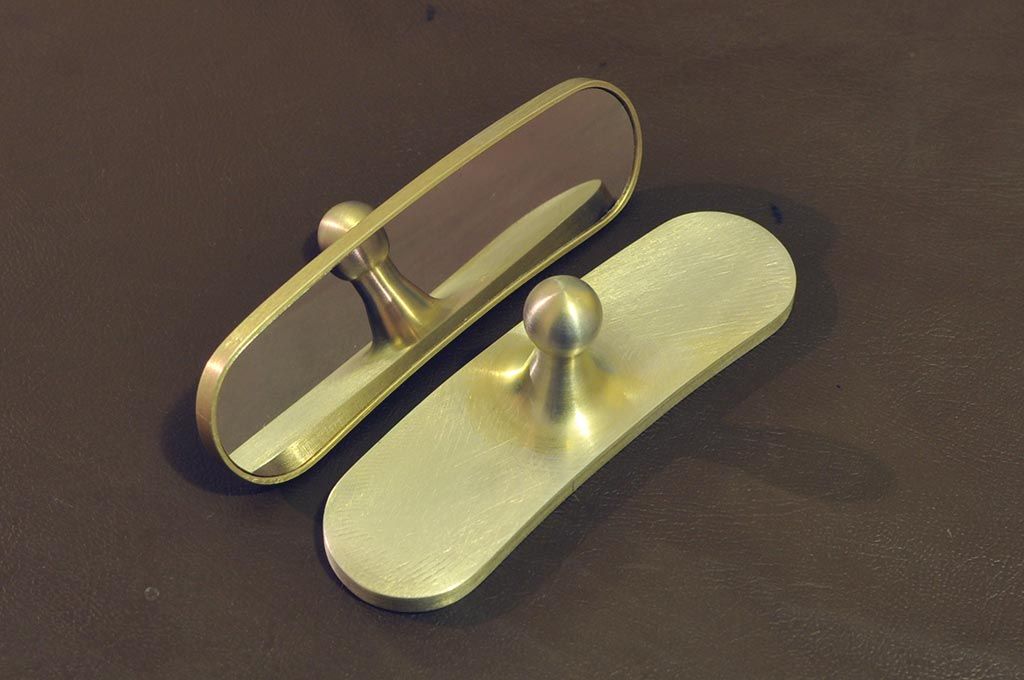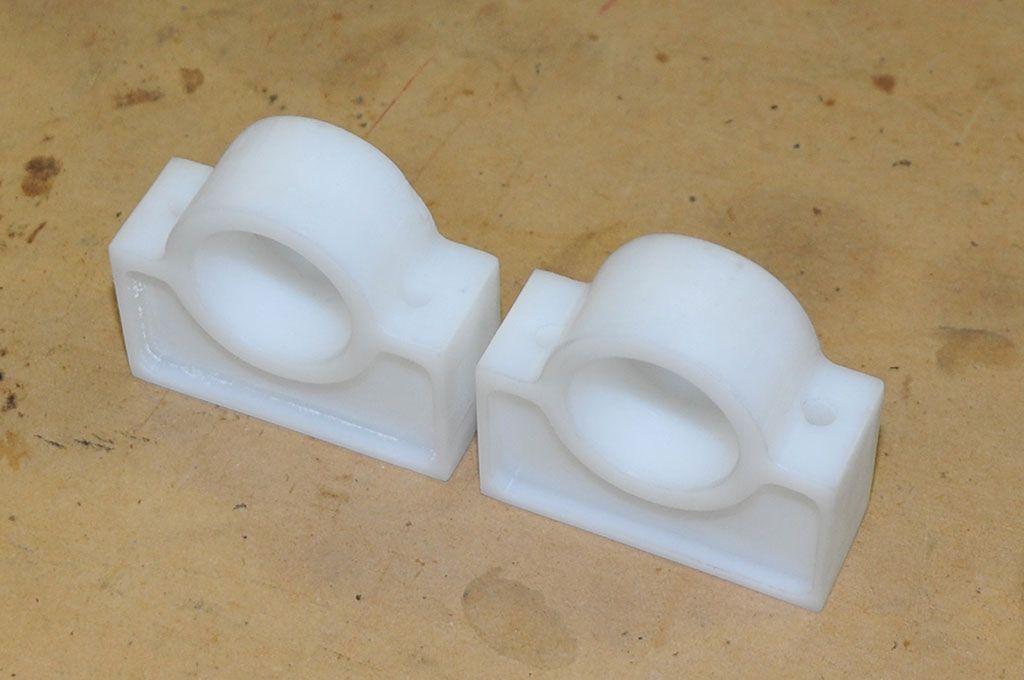
When you are passionate about something it’s usually the driving force that directs your career, and this is definitely the case with this month’s customer focus, long time Aspire user Stuart Hutchison. With many years of aviation engineering and a real love for flying aircraft Stuart decided he has the right set of tools to create his own aeroplane. Before we fly straight into the project, let’s find out how Stuart found his love for aviation…
I am a 48 year old who has been employed full-time by the Royal Australian Air Force as a P3 Orion Navigator/Tactical Coordinator and Staff Officer since 1989. I learned to fly ultralight aircraft at the age of 14 and acquired practical skills growing up on a turf (sod) farm just North of Sydney, Australia.
My experience repairing machinery, rebuilding motors, welding, driving tractors and riding motorbikes led to a passion for hobby manufacture. From 1994-2009 I successfully ran two small side businesses; one hand-making tech diving reels (over 650), stainless steel double tank bands (over 100 pairs) and another in underwater photography. However, flying is my real passion and I ceased production in April 2008 to build an F1 Rocket kit aeroplane. As they say, the best way to make a million dollars in aviation is to start with two million, but being able to CNC cut parts enabled a level of home-made parts with the creativity normally only afforded by the major aircraft manufacturers.
For as long as I can remember I have had a keen eye for professionally engineered products, particularly machined parts. It was logical that accurate CNC would supersede manual machining, but for decades such technology was beyond the reach of the hobbyist. Affordable desktop CNC machining has been a long time coming, but during deployment to the Middle East I stumbled across a Kickstarter internet campaign to setup a Stepcraft dealership in the USA. The discounts presented the opportunity to buy a machine that I could profile cut aluminium parts for the Rocket, up to and including the entire instrument panel.
In the end I purchased a Stepcraft 840 with HF500 spindle motor and T-slot table. I also have a three foot metal lathe, so some parts are a combination of CNC profile cutting and turning on the lathe. Cut2D was being sold with the Stepcraft machine, so I read everything I could to find out about Cut2D, Cut3D and other Vectric products before committing. I approached Vectric for an Aspire trial license and haven’t looked back. I don’t have a lot of experience in other CAD/CAM products, but frankly I don’t need to. Aspire does all the things I need, which is mostly profile cutting, but I can also use the extrude functions to cut aerodynamic 3D shapes such as fuel drain fairings and tank vents hanging out in the breeze.
With a CNC at his disposal and a copy of Vectric’s Aspire in his arsenal of tools Stuart has everything he needed to create his mega project…
An F1 Rocket cruises at 370km/h. Unnecessary weight slows the aircraft down, as does parasite drag from any part of the aircraft exposed to the slipstream. Kit aircraft are also built ‘with maintenance in mind’ to minimise maintenance down-time, so it helps to achieve the strength of parts at minimum weight, maximum convenience and serviceability and good streamlining on anything mounted externally. Sometimes kit builders also like to test and adjust the position of switches and avionics mounted in the instrument panel, so it is also a major time saver to draw and trial cut the profile from MDF or acrylic first. Later, any minor adjustments or shifting of instruments can be done in software before cutting the final panel in expensive aerospace grade aluminium.
My custom CNC machined parts have all been relatively straightforward to draw and cut, but the results are an amazing improvement over many of the stamped parts supplied with the kit. CNC facilitates a whole new level of customisation and attention to detail that will set my Rocket apart from other kit planes.
So far, I have spent 9.5 years and 3000 hours building the Rocket. I would have spent twice as much time on the Internet reading about systems, wiring and composite construction. I have become ridiculously fastidious with some parts of the fit out, but in the end I will have a plane that is very comfortable to fly, that I am very proud of and will have excellent resale value. I am likely to become a serial builder and with extra experience I will be able to design, prototype and/or just make CNC machined parts that others dream of.
I typically machine aeronautical grade 2024-T3 alclad sheet or solid 6061-T6, all sourced from aviation suppliers. I use a 1/8” two-flute bit for sheet metal and 1/4” two-flute bit for thicker or solid metal, plastics and carbon fibre. I am not limited by production time, so I set a relatively low feed speed to avoid potential chattering.
By far the most useful feature to me within Aspire, is the cutting preview. This allows me to check that the part will turn out the way I want without wasting any expensive material. I also particularly like the ability to drag the drawing around and save it as an image file, so I can print and consider any new designs before machining. I have thoroughly enjoyed the efficiency of 2D profiling replacement parts for my kit. Once I have made the drawing I can easily modify the dimensions or add round or polygon holes and recesses.
With nearly a decade of time spent working on a project gone, Stuart is taking major steps towards finishing his own Plane. We would like to take this opportunity to thank Stuart for giving up valuable time to share his story with us all and inspire our community.





Vectric Ltd
Precision House
2 Arden Road
Alcester
B49 6HN
Registered in England Number 05382596
VAT Registration GB115123072
Privacy Policy |
Cookie Policy |
Terms and Conditions